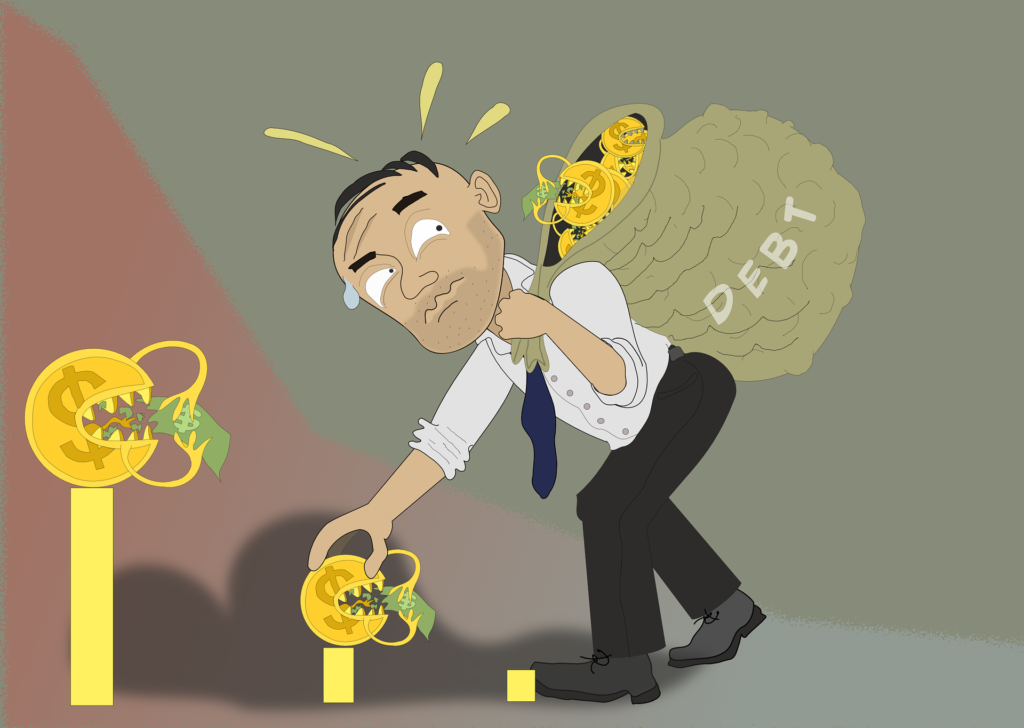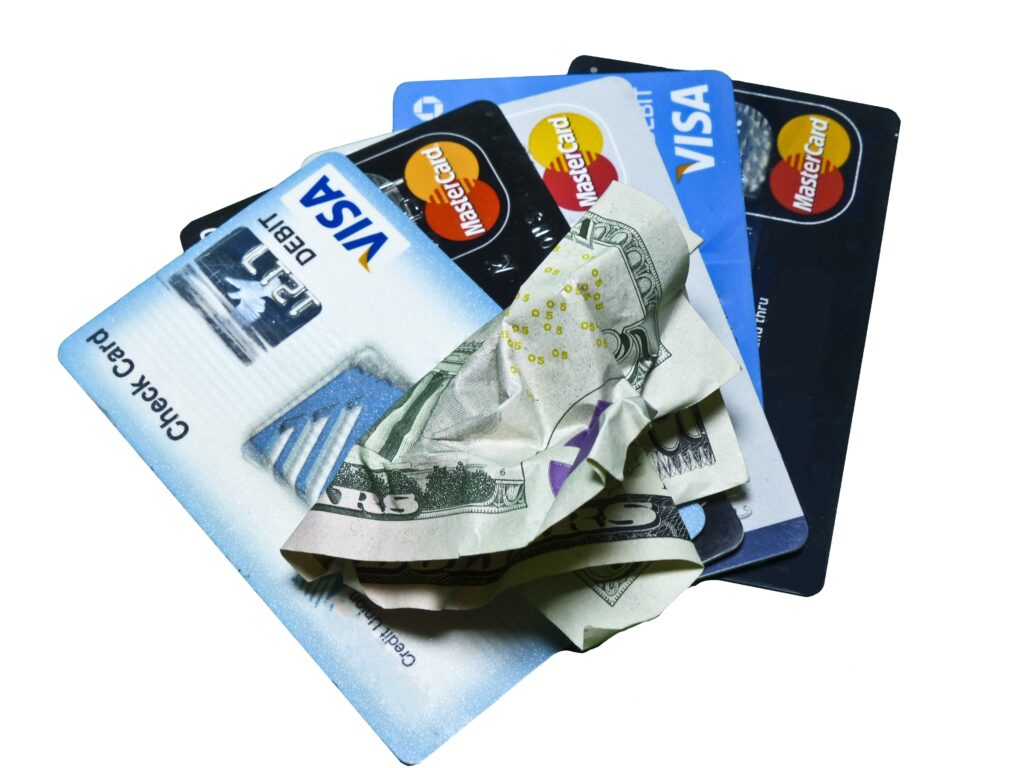Debt is a reality for most people, but not all debt is created equal. While some types of debt can help you build wealth and achieve your goals, others can drain your finances and cause unnecessary stress. Understanding the difference between good debt and bad debt is key to making smart financial decisions. In this article, we’ll break down what separates good debt from bad debt and provide tips on how to manage both effectively.

What Is Good Debt?
Good debt is an investment that has the potential to grow your wealth or improve your financial situation over time. It’s typically low-interest and supports long-term goals like education, homeownership, or building a business.
Examples of Good Debt:
- Student Loans: Investing in education can lead to higher earning potential and better career opportunities. However, it’s essential to borrow wisely and consider the return on investment (ROI) for your chosen field.
- Mortgage Loans: Buying a home can build equity over time and serve as a valuable asset. Fixed-rate mortgages with low interest are often considered a good debt because they provide long-term stability.
- Business Loans: Borrowing to start or expand a business can yield significant returns if managed well. Entrepreneurs often use this type of debt to create income-generating ventures.

Key Features of Good Debt:
- Low Interest Rates: Affordable borrowing costs make it easier to repay over time.
- Potential for Growth: Leads to increased income or long-term value.
- Tax Benefits: Certain debts, like student loans and mortgages, may offer tax advantages.
What Is Bad Debt?
Bad debt, on the other hand, offers little to no long-term benefit and often carries high-interest rates. This type of debt typically results from purchasing depreciating assets or financing unnecessary expenses.
Examples of Bad Debt:
- Credit Card Debt: High-interest credit cards can quickly lead to financial trouble, especially if balances are not paid in full each month.
- Payday Loans: These short-term loans come with exorbitant interest rates and fees, making them one of the worst forms of debt.
- Auto Loans: While owning a car is necessary for many, new vehicles lose value quickly, and long-term loans can make this debt burdensome.

Key Features of Bad Debt:
- High Interest Rates: Leads to significantly higher repayment costs.
- No Long-Term Value: Associated with purchases that don’t appreciate or generate income.
- Debt Trap Potential: Can spiral out of control, causing financial stress and difficulty escaping the cycle.
How to Determine if Debt Is Good or Bad
To assess whether a particular debt is good or bad, consider the following factors:
1. Purpose of the Debt
- Does it contribute to your financial goals or improve your quality of life in the long run?
- Example: A mortgage for a home is a purposeful investment, while a luxury vacation on a credit card is not.
2. Interest Rate
- Lower interest rates usually indicate manageable debt, while high rates can make repayment challenging.
3. ROI (Return on Investment)
- Does the debt result in future financial gain? For instance, an education loan for a high-demand field can yield a significant ROI.
4. Monthly Payments
- Are the payments affordable within your budget, or do they cause financial strain?
Tips for Managing Good Debt
Even good debt requires careful management to avoid it turning into a financial burden. Here are some strategies:
1. Borrow Only What You Need
- Avoid overborrowing, even for low-interest loans. Borrow only what is necessary to achieve your goal.
2. Stick to a Budget
- Incorporate debt repayments into your monthly budget to ensure timely payments without sacrificing other financial goals.
3. Pay Off Debt Early
- Whenever possible, make extra payments toward the principal to reduce interest and shorten the loan term.
4. Monitor Your Credit Score
- Keeping good debt in check can positively impact your credit score, making future borrowing easier and more affordable.
How to Avoid Bad Debt
Steering clear of bad debt is essential for maintaining financial health. Here’s how to avoid it:
1. Live Within Your Means
- Don’t rely on credit cards or loans to fund a lifestyle you can’t afford. Stick to a realistic budget.
2. Build an Emergency Fund
- Having savings for unexpected expenses can prevent the need for high-interest loans or credit card debt.
3. Avoid Impulse Purchases
- Take time to evaluate whether a purchase is necessary. Waiting 24 hours before buying can help curb impulsive spending.
4. Pay Off Credit Card Balances Monthly
- Always aim to pay your full credit card balance each month to avoid interest charges.
Striking a Balance Between Good and Bad Debt
While good debt can be a valuable tool, it’s essential to keep borrowing within reasonable limits. Too much debt, even if it’s “good,” can strain your finances and hinder progress toward other goals like saving and investing.
To strike the right balance:
- Prioritize saving and investing alongside debt repayment.
- Avoid taking on new debt until existing balances are manageable.
- Regularly review your financial plan to ensure your debt aligns with your long-term goals.
Final Thoughts
Understanding the difference between good debt and bad debt is a cornerstone of financial literacy. Good debt can be a stepping stone to achieving your dreams, while bad debt can trap you in a cycle of financial stress. By making informed decisions and practicing smart money management, you can leverage debt to your advantage while avoiding its pitfalls.
